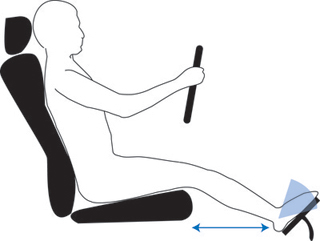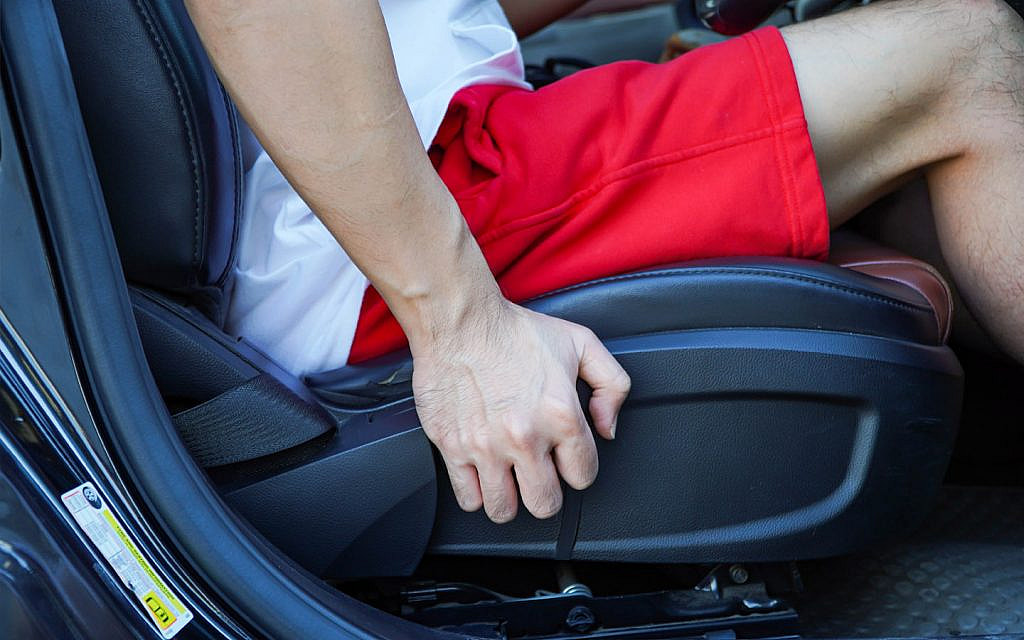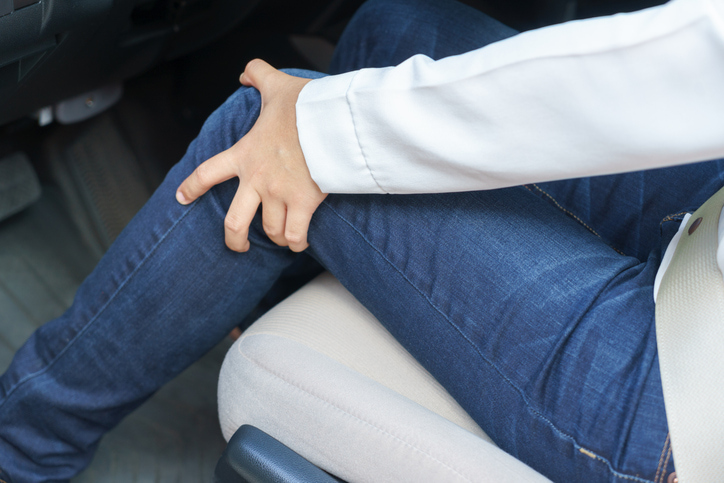Knee pain while driving can be a result of improper car seat positioning, but there are several ways you can adjust your car seat to minimize or prevent this discomfort:
1. Adjust Seat Position: Ensure that the car seat is positioned so that you have enough space between the seat and the dashboard. This allows for your knees and legs to move freely without hitting the dashboard or steering wheel.
2. Pedal Distance: Your feet should comfortably reach the pedals without fully extending your legs. If your knees are excessively bent to reach the pedals, the seat may be too close.
3. Recline the Seat: Sliding the seat slightly back can help reduce bending of the knees. Ensure that you can still easily operate the pedals without strain, and maintain a comfortable, upright posture.
4. Tilt Adjustment: Some car seats offer an adjustment to tilt the seat pan. Using this feature to tilt the seat back slightly can help align the legs for a more natural position and reduce knee bend.
5. Adjust Lumbar Support: Good lumbar support can help you maintain a better posture, potentially reducing knee strain. If your car seat has adjustable lumbar support, find a position that feels comfortable and natural.
6. Check Legroom: Make sure there is ample legroom between the back of the driver’s seat and the seat in front. In cars with adjustable rear seats, experiment to find the best distance that allows for proper support without impinging on legroom.
7. Footrest Pad: If additional support is needed for the feet during breaks, consider using a detachable footrest to relieve the weight off the legs.
8. Steering Wheel Adjustment: Depending on the car model, adjust the steering wheel to be at a distance that does not force you to stretch your arms uncomfortably, which can lead to increased seat pressure on the knees.
9. Drivers’ Seat Height: In vehicles where you can adjust the height of the seat, set it so that your hips are slightly lower than your knees, which normally provides better support.
10. Remove Any Objects: Make sure there are no objects under the seat that could raise your seat unnaturally, which would increase knee strain.
11. Healthy Habits: Regular stretching and exercise to maintain leg flexibility can also help alleviate knee discomfort while driving.
12. Consult with Professionals: If the issue persists despite adjustments, consider consulting a physical therapist or chiropractor who can provide advice tailored to your physical condition and specific vehicle setup.
Remember, every person's body and vehicle is different, so it's important to find the settings that work best for your unique situation. Regular adjustments and driving posture checks can help prevent knee discomfort during long drives.
 +86 19906048932
+86 19906048932 sales@luxuryvanseat.com
sales@luxuryvanseat.com | Blog
| Sitemap
| XML
| Privacy Policy
| Blog
| Sitemap
| XML
| Privacy Policy




